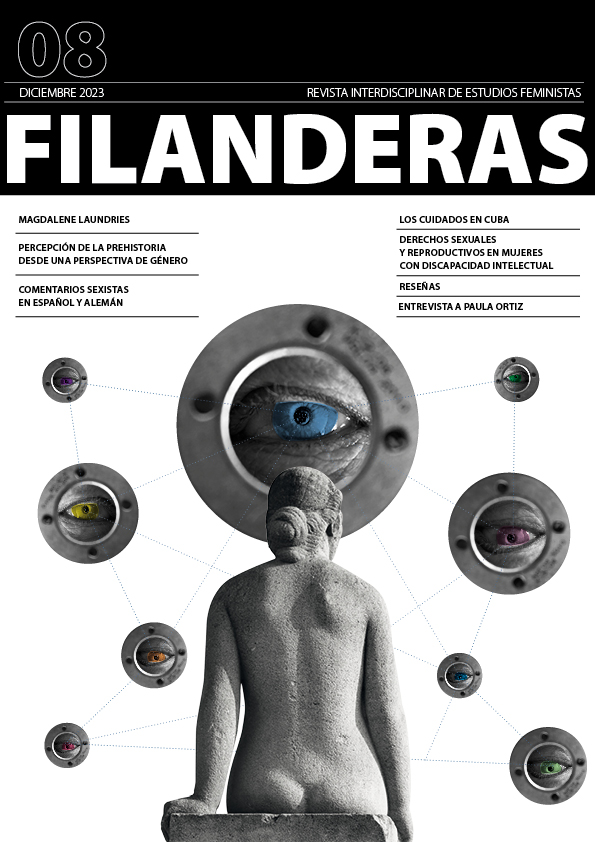Prostitution under Franco's dictatorship: an approach to the Provincial Board of Barcelona between 1943 and 1956
DOI:
https://doi.org/10.26754/ojs_filanderas/fil.2023810003Keywords:
Prostitution, Franco's Dictatorship, Board for the Protection of Women, Board for the Suppression of Human Trafficking, MoralityAbstract
Prostitution is, and has been, an activity persecuted in the name of public morality. Since the beginning of the 20th century, different institutions have been created and modified with different objectives regarding the safeguarding of feminine morality. In addition, “white slavery” was also prosecuted, that is, the trafficking of women and minors for the exercise of prostitution, which years later would be called “trafficking in persons.” In this work, the trajectory of these institutions will be reviewed, placing special emphasis on the Franco dictatorship, and approaching the Provincial Board of Barcelona for the Protection of Women from its creation in 1943 and until 1956, the year in which the law for the abolition of prostitution is approved. The recent publication of its archive collection allows us to verify different issues of interest, such as the topics of its information files, as well as its memories and the statistics that are found and that bear witness to intense activity until the entry of democracy and, with she, the extinction of the Board of Trustees.
Display downloads
Downloads
Published
Issue
Section
License
Copyright (c) 2023 Elena Masarah Revuelta; Elisabet Velo i Fabregat

This work is licensed under a Creative Commons Attribution-NonCommercial 4.0 International License.
Authors who publish in this journal agree to the following terms:
They retain authorship rights and grant the journal the right to be the first publication of the work as well as license it under a Creative Commons Attribution-BY-NonCommercial 4.0 International that allows others to share the work without any commercial purpose and an acknowledgement of authorship of the work and initial publication in this journal. As the Creative Commons standards define, "this license enables reusers to distribute, remix, adapt, and build upon the material in any medium or format for noncommercial purposes only, and only so long as attribution is given to the creator. CC BY-NC includes the following elements:
- BY: credit must be given to the creator.
- NC: Only noncommercial uses of the work are permitted".





